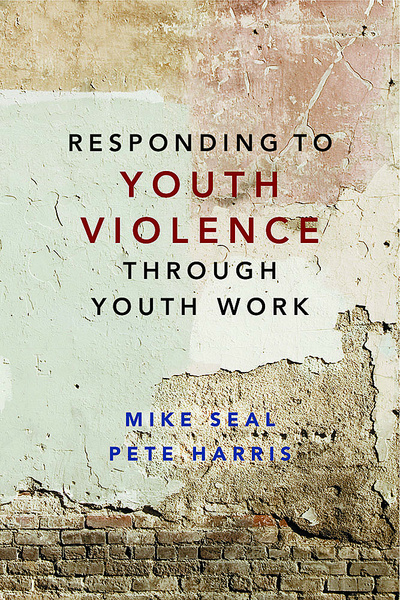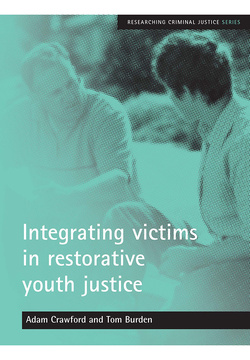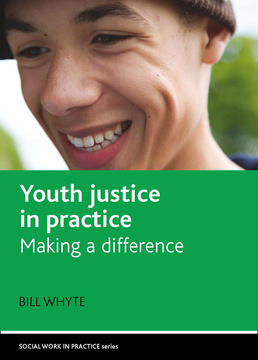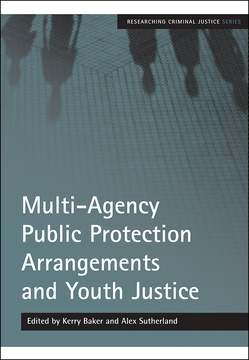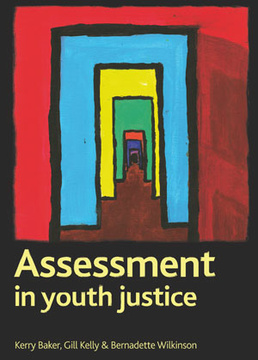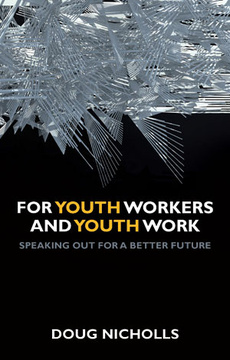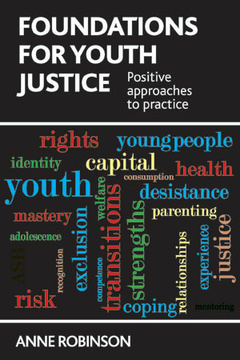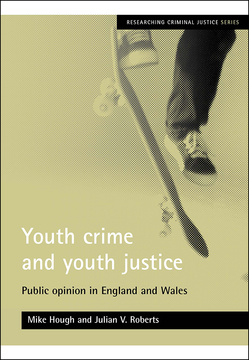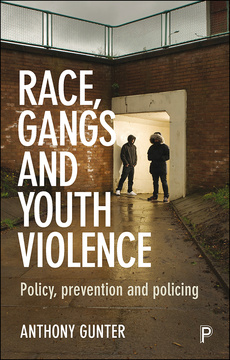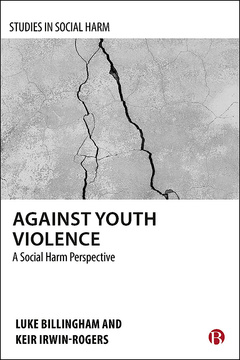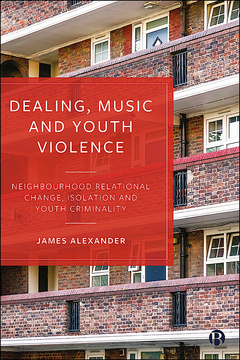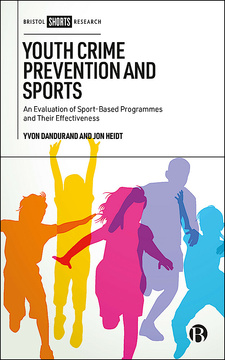Responding to Youth Violence through Youth Work
By Mike Seal and Pete Harris
Published
Sep 14, 2016Page count
224 pagesISBN
978-1447323105Dimensions
234 x 156 mmImprint
Policy PressPublished
Sep 14, 2016Page count
224 pagesISBN
978-1447323099Dimensions
234 x 156 mmImprint
Policy PressPublished
Sep 14, 2016Page count
224 pagesISBN
978-1447323136Imprint
Policy PressPublished
Sep 14, 2016Page count
224 pagesISBN
978-1447323143Imprint
Policy PressThis book draws on the findings of a two-year European research project to offer answers to the 'problem' of how to respond to violence involving young people that continues to challenge youth workers and policy makers.
'Responding to violence through youth work' combines elements of critical theory, psychosocial criminology and applied existential philosophy to present a new model for responding meaningfully and effectively to these issues, demonstrated through a series of case studies and insider accounts generated through peer research.
"Impressively steps outside of the norms associated with existing youth work scholarship making an important, wide-ranging contribution to our knowledge of youth work’s role in responding to youth violence.” Ross Deuchar, University of the West of Scotland
Mike Seal is Principal Lecturer and Head of Youth and Community Work at Newman University Birmingham. He has worked in the field for 25 years and worker, manager, trainer and consultant. He has written five previous books on homelessness and youth work.
Pete Harris worked for 15 years as a youth worker, was Chair of the Federation for Detached Youth Work and is now Senior Lecturer in Youth and Community Work and Criminology at Newman University, Birmingham.
Preface ~ John Pitts;
Part 1: Literature review, theoretical frame and researching youth violence;
Youth work and youth violence in a European context;
Our theoretical frame;
Using participatory research methods to study youth violence;
Part 2: Responding meaningfully to youth violence;
Working at the personal (P) level;
Working at the community(C) level;
Working at the structural (S) level;
Working at the existential (E) level;
Part 3: Rethinking youth work practice and policy;
Rethinking some youth worker tales;
Working with intersectional identities;
Creating policy for good practice;
Part 4: Youth work responses in action - case studies of praxis;
Responding to structural and symbolic violence: A comparative case study;
A sports based response to youth violence;
Exploring “Confrontational Pedagogy”;
Embedding Community Work;
Ethnopraxis in action;
Imagining realistic alternatives.








